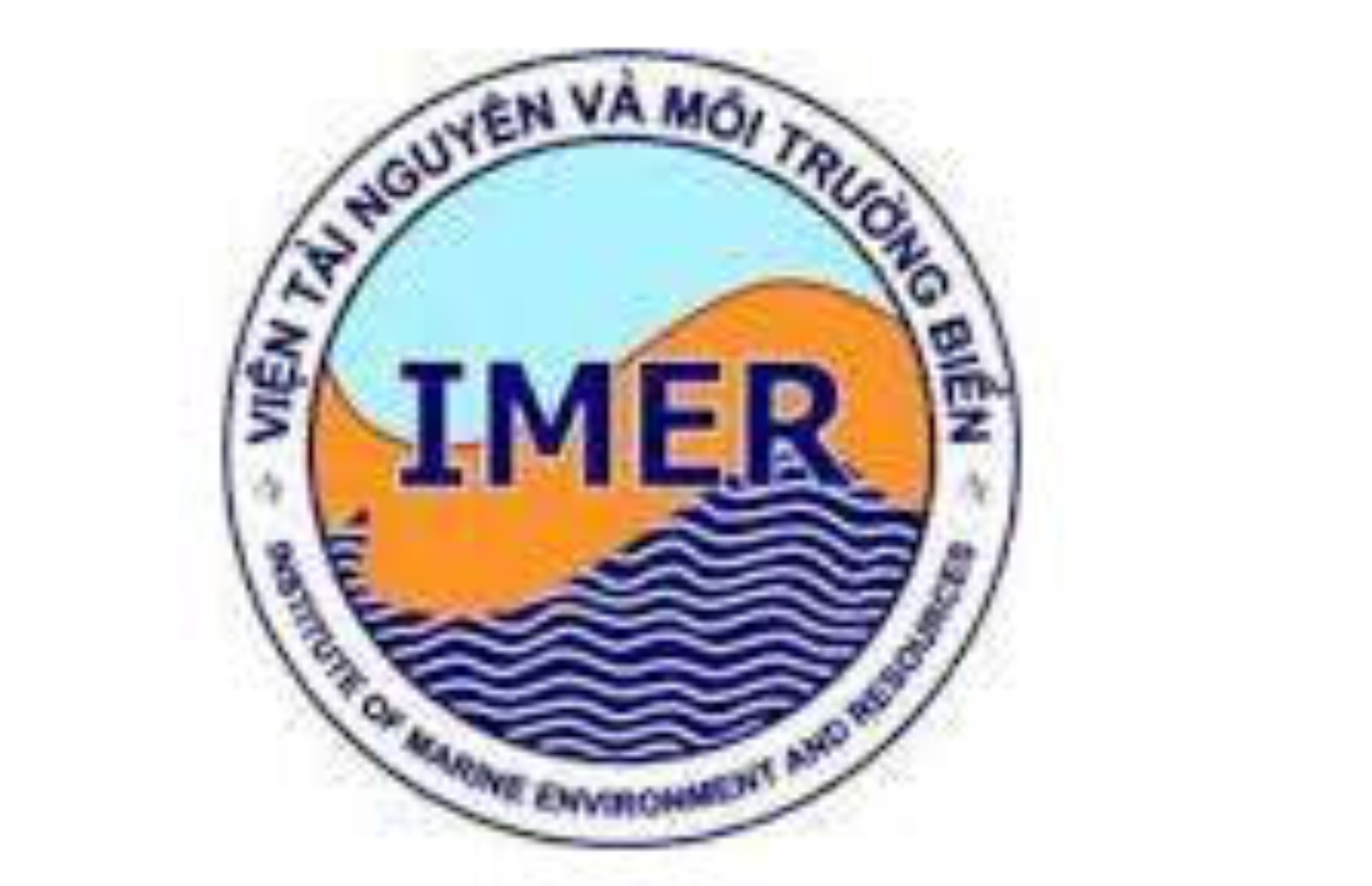OPTIMIZATION OF OPERATING FRACTURING PARAMETERS FOR IMPROVING OIL PRODUCTION IN LOWER OLIGOCENE E RESERVOIR USING RESPONSE SURFACE METHOD, OFFSHORE VIETNAM: A CASE STUDY
Author affiliations
DOI:
https://doi.org/10.15625/1859-3097/18/4/12534Keywords:
Operating hydraulic fracturing parameters, central composite design, response surface methodology.Abstract
In the recent days, hydraulic fracturing technique has been widely used to improve oil production with different reservoir characteristics such as low or high formation permeability, low or high formation porosity, formation damage. However, previous research did not mention the optimization for fracturing parameters including the injection rate, injection time, and leak-off coefficient to stimulate the Oligocene E reservoir, which is based on optimum oil production performance at which maximum net present value has been achieved. The problems in the Oligocene reservoir are too low production rate due to high reservoir depth, high closure pressure up to 7,700 psi, low reservoir permeability, low porosity and geological structure with heterogeneous reservoir, high temperature, resulting in low conductivity. To deal with these problems, fracturing technique is the best choice to stimulate this reservoir. The study focuses on optimizing fracturing parameters by applying the CCD and RSM by which economic production performance has been maximized at 119 $ in 10 years. The optimum fracturing parameters have been found as injection rate of 47 bpm, injection time of 119 minutes and leak-off coefficient of 0.003 ft/min0.5 in 50 pounds per thousand gallons of polymer (HPG). The optimal fracture geometry has been obtained with the fracture half-length of 1,449.44 ft and fracture width of 0.567 in. The rest of experimental laboratory is to measure fracture conductivity at 3,400 mD.ft in terms of proppant fracture concentration of 1.78 lb/ft2 and high closure pressure of 7700 psi. The post fractured well shows an increase in oil productivity of 7.5 folds.Downloads
Metrics
References
Dang, C. T. Q., Chen, Z. J., Nguyen, N. T. B., Bae, W., and Phung, T. H., 2011. The Successful Development Strategies of Tigh Oil Reservoir: Achievements versus Future Directions. In SPE Asia Pacific Oil and Gas Conference and Exhibition. Society of Petroleum Engineers.
![]()
Economides, M. J., Hill, A. D., and Ehlig-Economides, C., 1994. Petroleum production systems (No. Sirsi) i9780136586838).
![]()
Valko, P., and Economides, M. J., 1995. Hydraulic fracture mechanics (Vol. 28, p. 206). Chichester: Wiley.
![]()
Cornell, J. A., 1990. How to apply response surface methodology, Vol. 8. ASQC, Wisconsin, 3.
![]()
Perkins, T. K., and Kern, L. R., 1961. Widths of hydraulic fractures. Journal of Petroleum Technology, 13(09), 937–949.
![]()
Nordgren, R. P., 1972. Propagation of a vertical hydraulic fracture. Society of Petroleum Engineers Journal, 12(04), 306–314.
![]()
Economides, M. J., and Martin, T., 2007. Modern fracturing: Enhancing natural gas production (pp. 978-1). Houston: ET publishing.
![]()
Rahman, M. M., and Rahman, M. K., 2010. A review of hydraulic fracture models and development of an improved pseudo-3D model for stimulating tight oil/gas sand. Energy Sources, Part A: Recovery, Utilization, and Environmental Effects, 32(15), 1416–1436.
![]()
Nolte, K. G., 1986. Determination of proppant and fluid schedules from fracturing-pressure decline. SPE Production Engineering, 1(04), 255–265.
![]()
Smith, M. B., 1997. Hydraulic Fracturing. 2nd edn., NSI Technologies, Tulsa, Oklahoma.
![]()
Cinco-Ley, H., and Samaniego-V., F., 1981. Transient Pressure Analysis for Fractured Wells. Society of Petroleum Engineers. doi:10.2118/7490-PA.
![]()
Boyun Guo, Xinghiu Liu, and Xuehao Tan, 2017. Petroleum Production Engineering. Gulf Professional Publishing.
![]()
Nguyen, D. H., and Bae, W., 2013. Design Optimization of Hydraulic Fracturing for Oligocene Reservoir in Offshore Vietnam. In IPTC 2013: International Petroleum Technology Conference.
![]()
Box, G. E., and Hunter, J. S., 1957. Multi-factor experimental designs for exploring response surfaces. The Annals of Mathematical Statistics, 28(1), 195–241.
![]()
Montgomery, D. C., 2001. Design and analysis of experiments. ed. John Wiley & Sons, 52, 218–286.
![]()
PetroVietnam, 2008. Fractured basement reservoir. Science and Technics Publishing House.
![]()
Box, G. E., and Draper, N. R., 1987. Empirical model-building and response surfaces. John Wiley & Sons.
![]()
Myers, R. H., and Montgomery, D. C., 2002. Response Surface Methodology: Process and Product Optimization Using Designed Experiments. 2nd edn., John Wiley and Sons, New York.
![]()
Myers, R. H., Montgomery, D. C., and Anderson-Cook, C., 2008. Response Surface Methodology: Process and Product Optimization Using Designed Experiments. 3rd edn., John Wiley and Sons, New York. Pp: 13–135.
![]()









